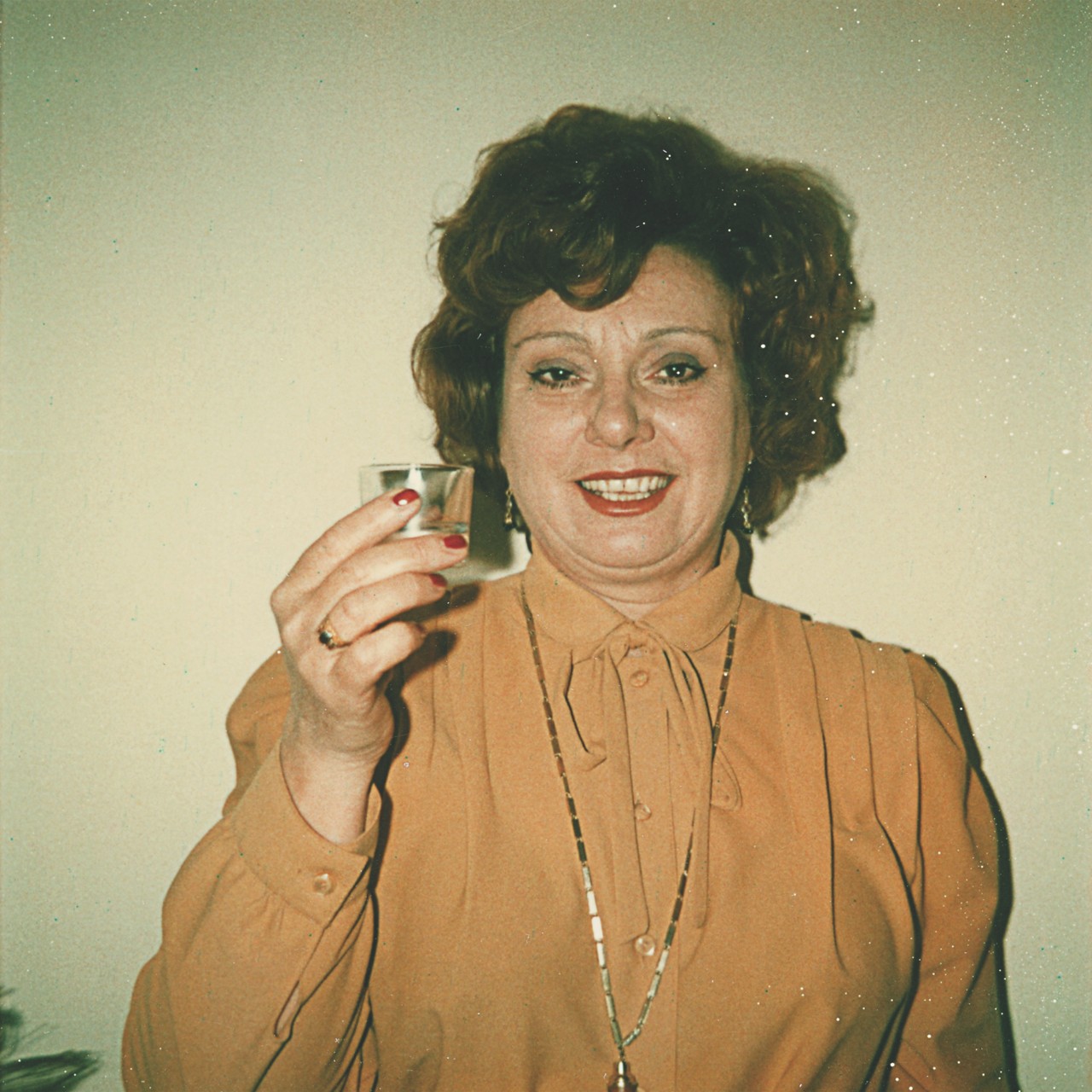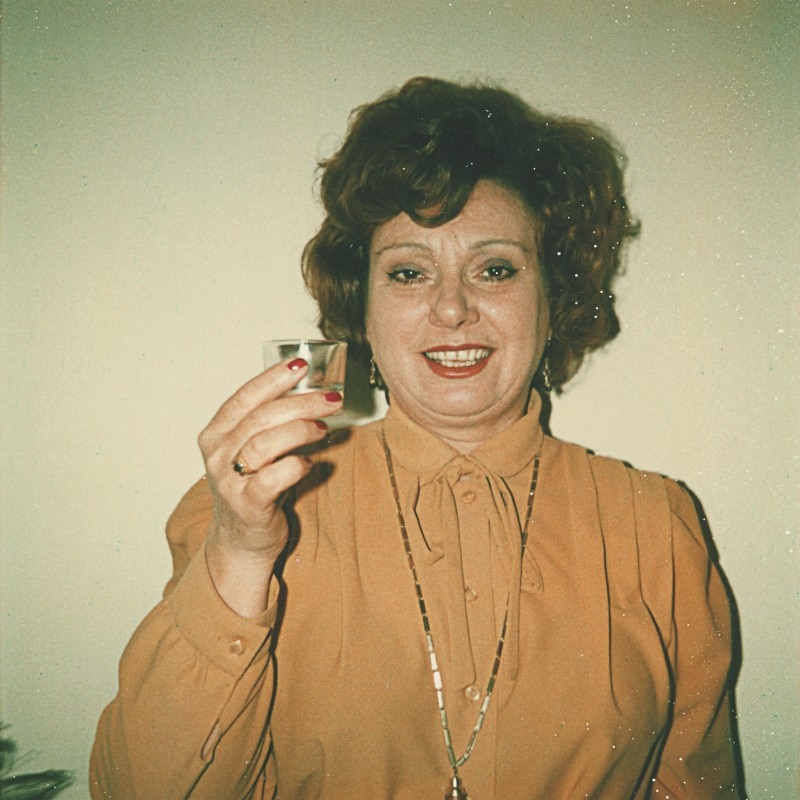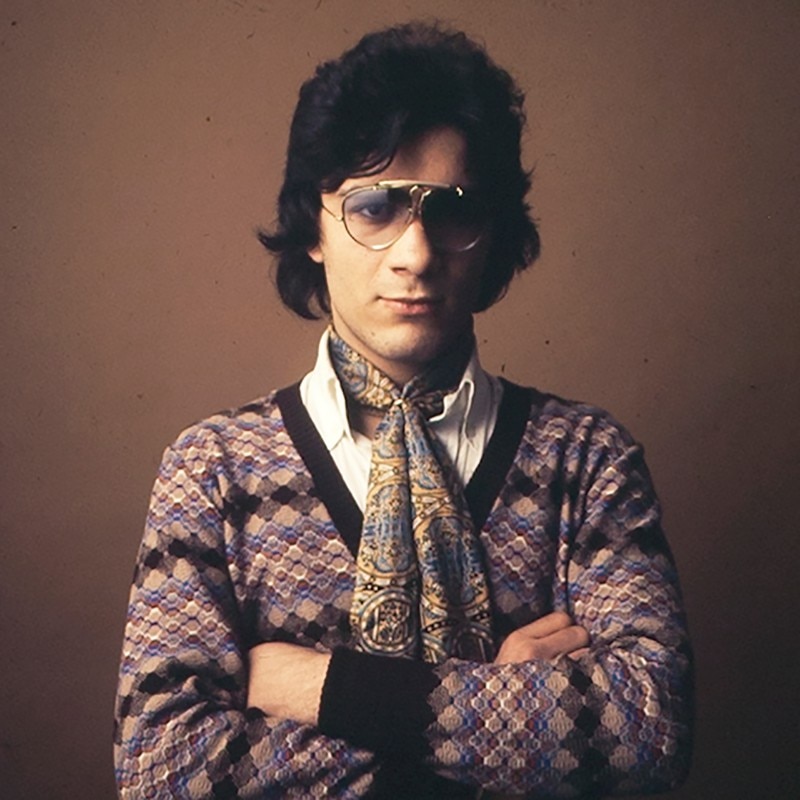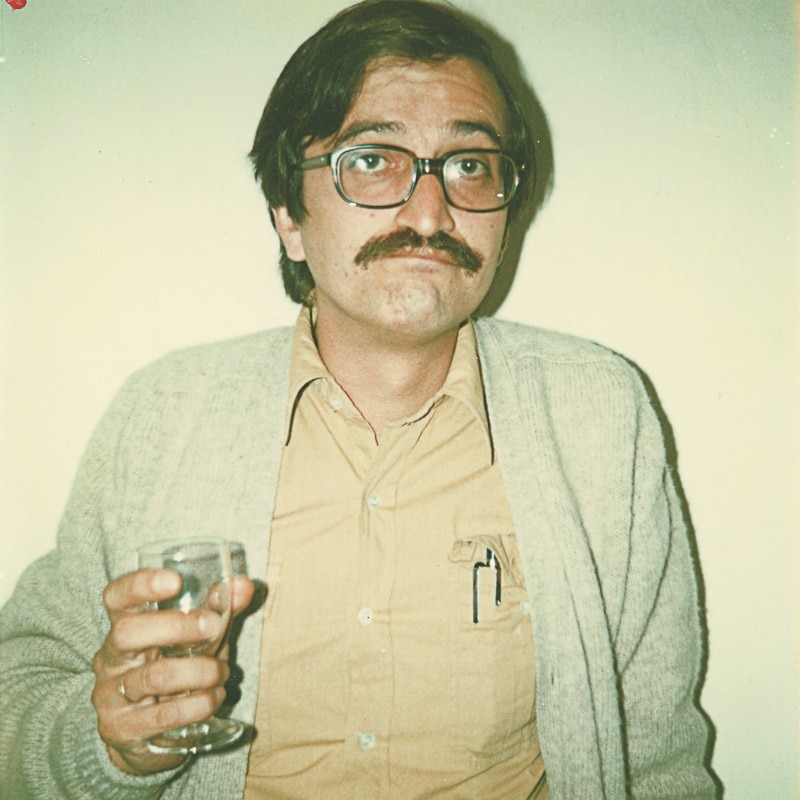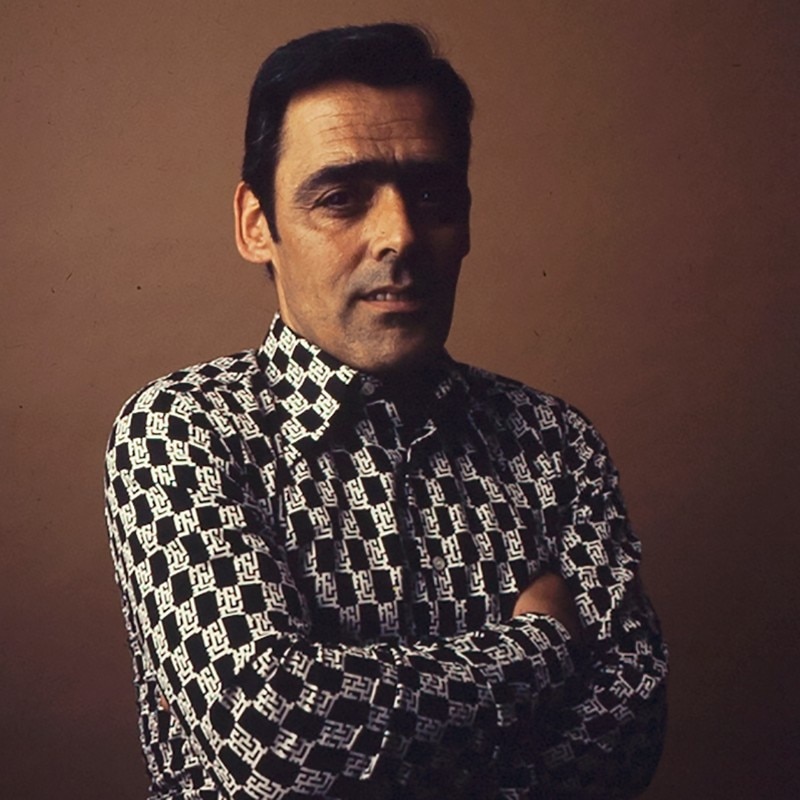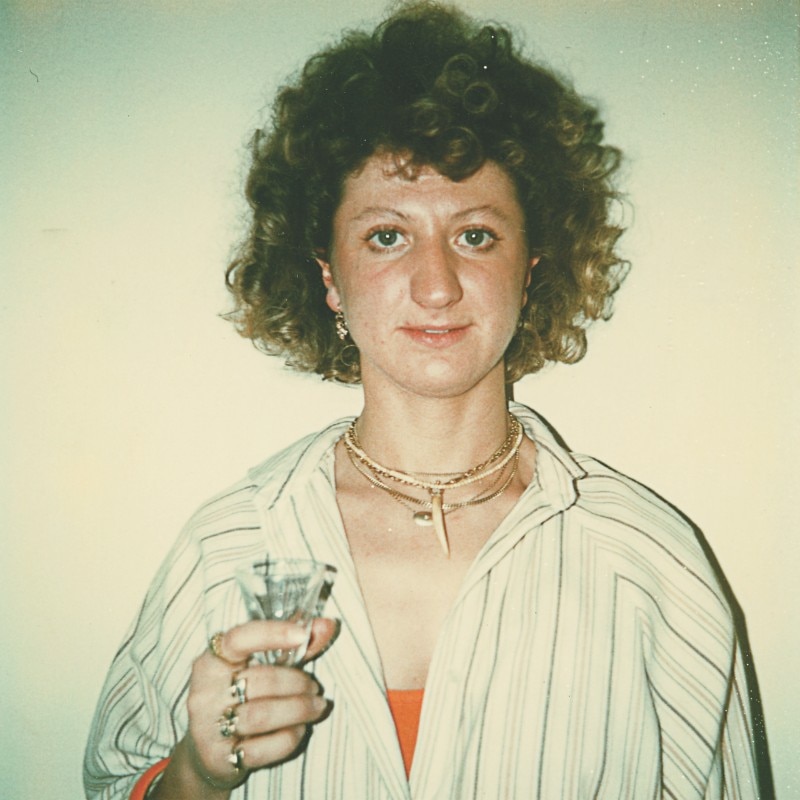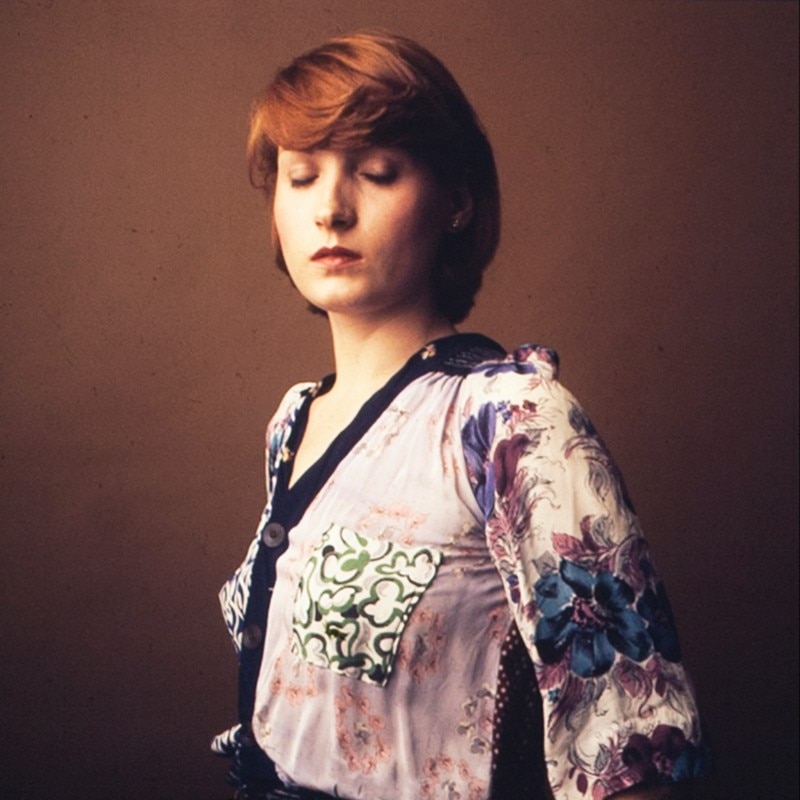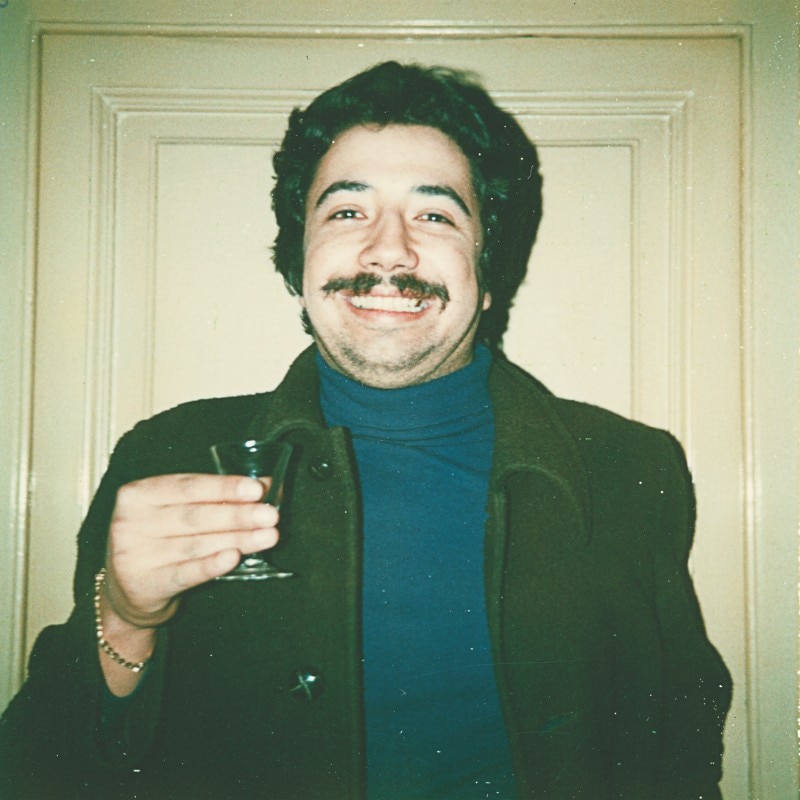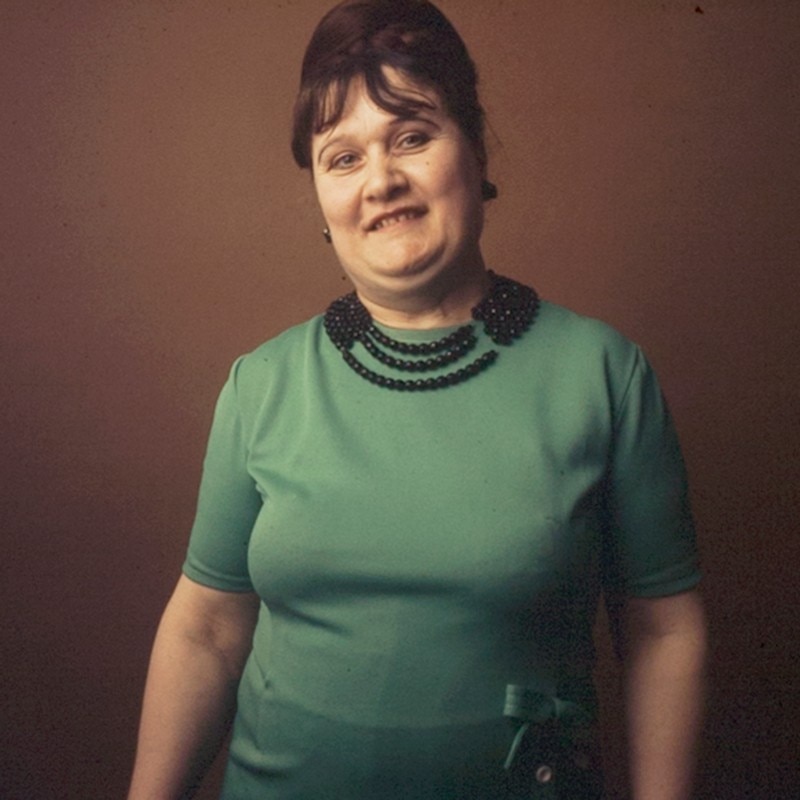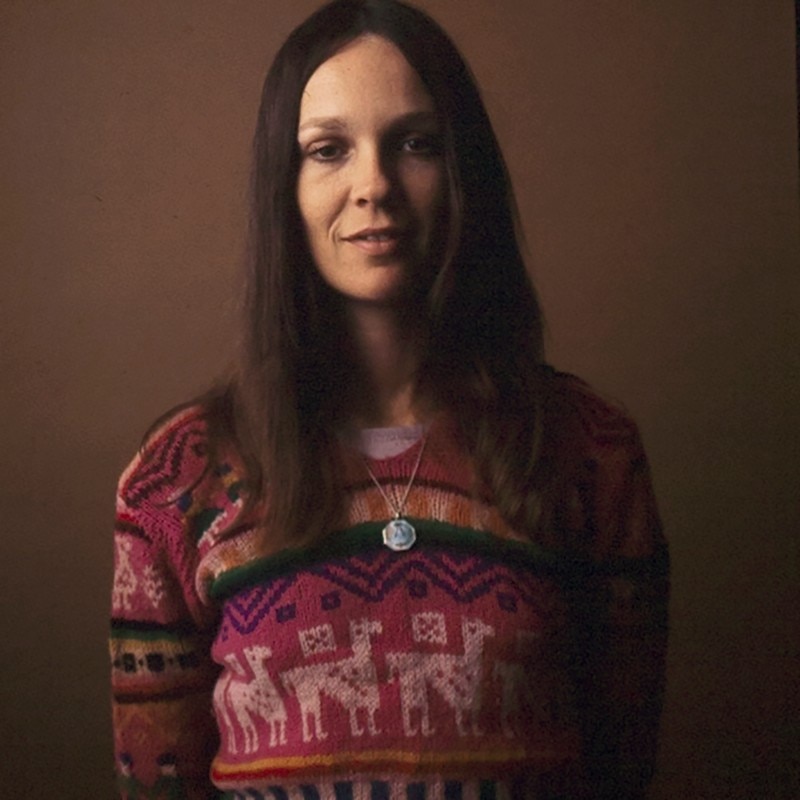"Così fan tutti" was the name given to the campaign that from 1974 to 1987 created a buzz so far unrivaled in the history of Italian advertising and forever changed its rules, even beyond the country’s borders.
Conceived by advertising firm GGK under the commission of the drink’s Italian importer entrepreneur Karl Schmid, and alongside photographer Jean-Pierre Maurer and art buyer Giusi D’Orsi, the campaign was built on the slogan "I drink Jägermeister because..." and revolved around casting common people, of all ages, sexes and social status. The portraits – in which they proudly held a bottle of Jägermeister – were then paired with a punchy copy line explaining the reason for their fondness for the spirit.
Originally launched in 1972 by GGK Düsseldorf for the liquor’s German market, the campaign was soon after imported to Italy beginning from 1974. Based on the Unikat Kampagne model that broke up with the traditional hard-sell approach of repeating one single advert over and over, the GGK Milano campaign only reproduced adverts once, using a different subject every time. This disposable advertising technique also resulted in a rather useful gimmick to keep the authorities policing on the excessive malice of some lines quiet.
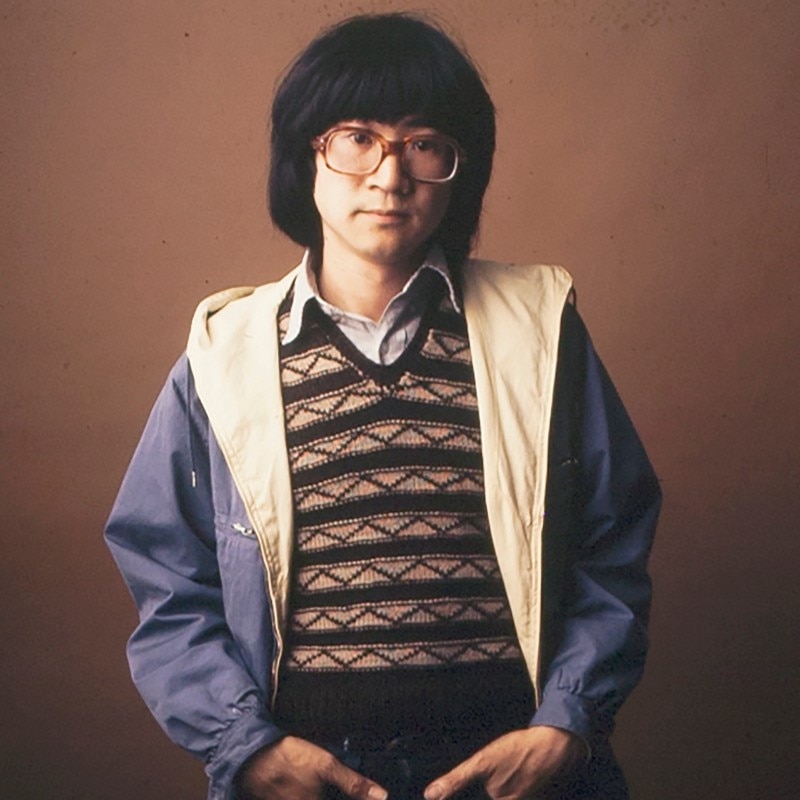
The Unikat Kampagne approach generated an unseen enthusiasm that crossed the whole nation and even led people to flick through all sorts of magazines to spot and collect all the variations of the advert.
On a deeper level, the campaign also resulted surprisingly ahead of its time by subverting the advertising industry’s quest for standardised beauty canons. The "Così fan tutti" campaign, hence, marked the shift of individuals from receivers to communicators, starting to suggest the incoming advent of post-modernity and what Umberto Eco would define as "open society". By turning potential customers into subjects, the Jägermeister ads also nodded to Warhol’s habit of elevating everyday people into pop icons.
In the first four years, the subjects were scouted by Schmid, Maurer, and the GGk ad men among their friends and acquaintances. With the growth in popularity of the campaign and the requirement of new and progressively more flamboyant and unique faces, art buyer Giusi D’Orsi was called in. She soon became pivotal to the success of the ad, using her flat as a casting studio and taking Polaroid snapshots of every potential subject, before GGK art directors picked 15 faces every month and even worked on costumes for some, including nuns and ancient Romans.
The subjects and the copies evolved hand in hand, becoming more and more cheeky and provocatory over the years with the hype for the campaign growing and the lessening of moral bounds in Italian society. Notably, one of the few adverts starring a celebrity, singer-songwriter Sergio Endrigo, played on the notorious melancholia of his lyrics and grin by stating "I drink Jägermeister because it makes me happy."
D’Orsi recalls the embarrassing day she was sent scouting for a Punk. “I went on exploration in a few squatted youth clubs. Everybody was staring at me. What a moment!” Another challenging experience, although on another level, was that of finding a tramp, for which Giusi had to go to a community canteen.
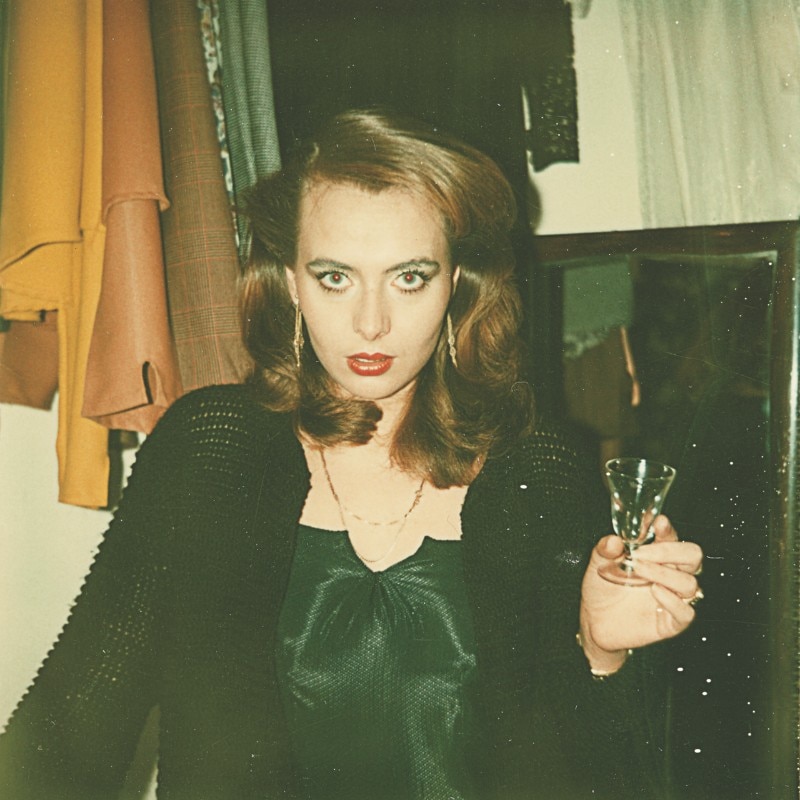
In retrospect, the "Così fan tutti" campaign goes beyond folklore and communication, by offering a seminal compendium of the evolution of aesthetics in Italian society, from haircuts to facial hair, from clothes fittings to eyewear.
Alongside the official shots, both Maurer and D'Orsi started growing a personal archive of photographs, respectively shot professionally or on Polaroid but without the characteristic Jägermeister green glass bottle. If D'Orsi's snapshots were characterised by the intimacy and gaiety of impromptu sessions, Maurer's stood out for the studio setting and lights, which were purposely designed to mirror the palettes and aesthetics of Caravaggio's paintings.
These rare and hardly seen private photos that weren’t originally meant for public display have now been turned into the main subject of an exhibition and a book telling the story of one of the most iconic campaigns in the history of European advertising
Curated by Michele Galluzzo and Stefano Riba, "Così fan tutti. 1974-1983. The private archives of Giusi D’Orsi and Jean-Pierre Maurer" runs until May 22nd as both physical and digital exhibition at Foto Forum in Bolzano, Italy.
OpenIng image: unknown subject casted for the 'Così fan tutti' campaign. Photo: Giusi D'Orsi.


